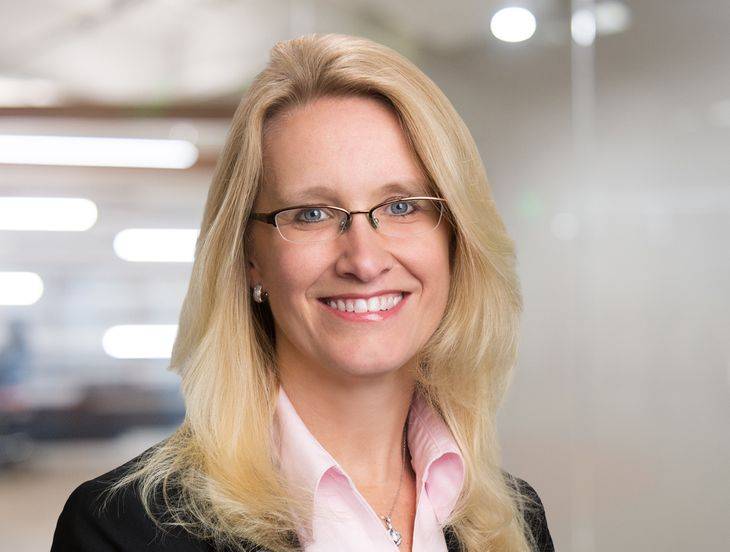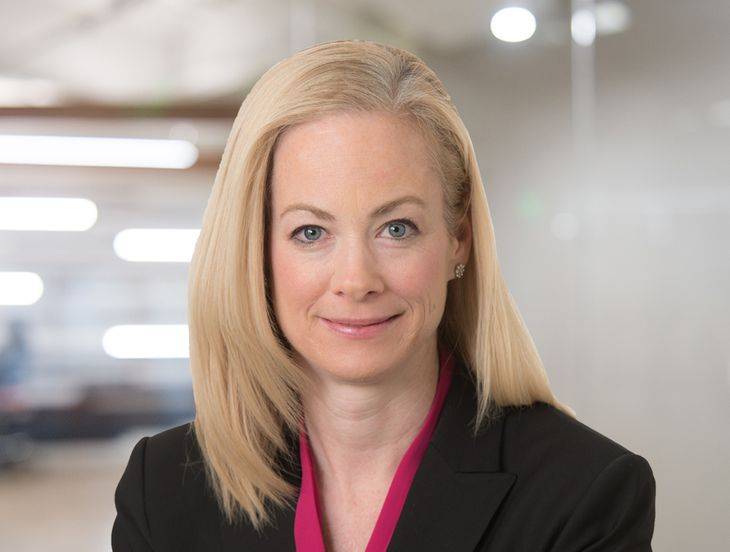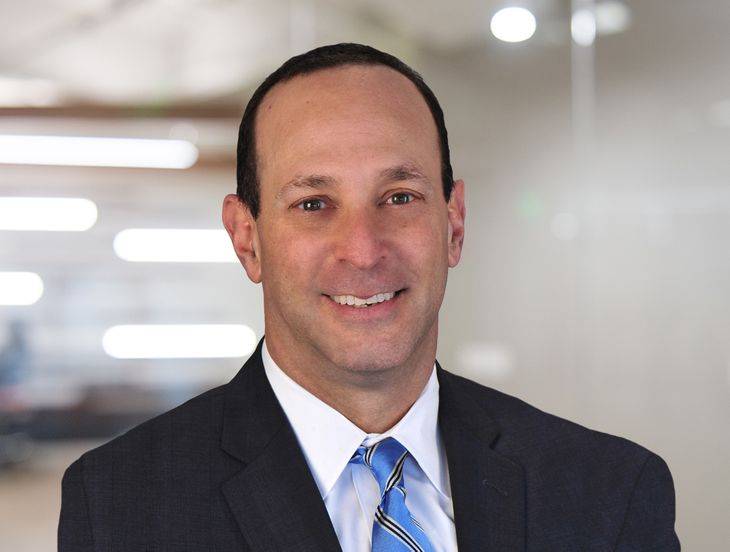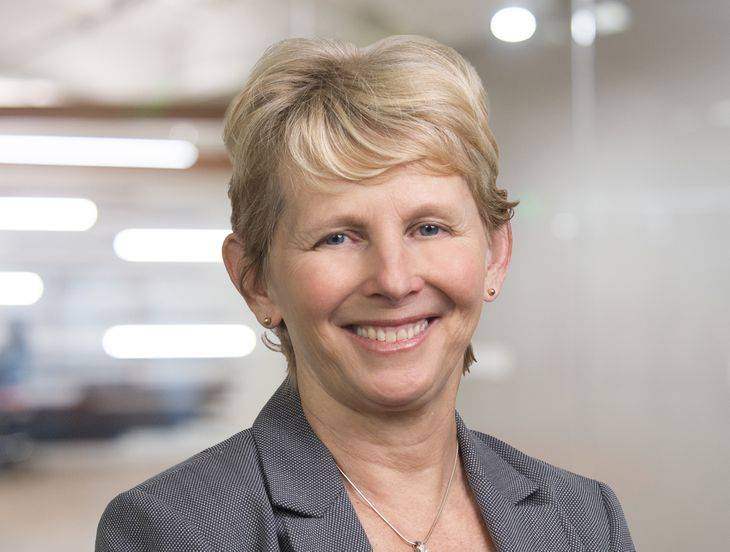CDC Issues New Back-to-School Guidance with Emphasis on In-Person Learning
Insights
7.12.21
The Centers for Disease Control and Prevention (CDC) just substantially relaxed its pandemic guidance for K-12 schools. While certain restrictions remain and the guidance may continue to evolve in the coming months, especially if the COVID-19 vaccine becomes available for younger children, this new guidance provides schools with more information as they plan for the 2021-2022 school year. What do you need to know about this July 9 update?
What Has Changed?
The new CDC guidance has three important changes. First, it clarifies that fully vaccinated employees, staff, and students do not need to wear masks or facial coverings when indoors. Also, masks are not recommended for outdoor use unless your school is in an area of “substantial to high transmission,” and individuals are in crowded settings or engaging in activities that involve “sustained close contact” with others who are not fully vaccinated.
Second, the CDC’s guidance has a strong emphasis on full re-opening with in-person learning, regardless of whether all the prevention strategies can be implemented at your school. For example, the new guidance continues to recommend that students be spaced at least three feet apart, but with a new caveat: If maintaining physical distancing would prevent schools from fully reopening for in-person learning, schools could instead rely on a combination of other strategies like masking, testing, and improved ventilation.
Finally, the CDC strongly urges schools to promote vaccination among eligible students as well as teachers, staff, and household members, which it describes as “one of the most critical strategies to help schools safely resume full operations.”
What Has Not Changed?
The CDC continues to recommend prevention strategies, such as:
- consistent and correct mask use where appropriate, particularly for unvaccinated individuals;
- screening testing;
- enhanced ventilation;
- promoting handwashing and respiratory etiquette;
- staying home when sick and getting tested;
- contact tracing in combination with isolation and quarantine; and
- frequent cleaning and disinfection.
What Do These Changes Mean for Schools?
Of course, children under 12 are not yet eligible for vaccination so elementary students and some middle school students will need to continue to wear masks indoors. Even for students ages 12 and older, schools wanting to go mask-less will have to determine the best way to go about it. Because the masking guidance only applies to fully vaccinated individuals, your school may have an inconsistent patchwork of some employees and students wearing masks while others are not. These inconsistencies may be disruptive, difficult to enforce, and may unintentionally single out those who do not get the vaccine, including for medical or religious reasons.
The CDC seems to be encouraging schools to collect information on vaccine status before allowing employees and students to go mask-less inside. The CDC guidance includes a description of times when school administrators may want to require the universal wearing of masks and this includes when the school lacks a system to monitor the vaccine status of employees and students or if there is difficulty monitoring and enforcing mask policies that are not universal. Therefore, in states where there is no local restriction, discussed more below, schools that want to allow vaccinated employees and students to go mask-less should implement a process to collect information on vaccination status, track that information, and use it to inform their masking and distancing practices.
Local Laws
All schools also have to consider local and state law implications before implementing new policies on vaccinations and masks. For example, Florida private businesses, including schools, are free to establish their own mask policies. However, under the so-called vaccine passport law, Florida schools are prohibited from requiring vaccination documentation for students and parents to enter the campus or receive a service from the school. Nothing in the law prohibits schools from asking that parents and students provide proof of vaccination on a voluntary basis if they want to be mask-less on campus. Some Florida schools, however, are choosing to simply rely on parents’ and students’ representations that they are vaccinated or to ask them to sign an attestation certifying that they have been fully vaccinated because schools are not comfortable asking families for documentary proof of vaccination.
In Texas, meanwhile, while Governor Greg Abbott issued an executive order prohibiting the use of masks in public schools, private schools are also free to implement masking policies at their own discretion. Texas private schools should consider seeking proof of vaccination if they intend to allow vaccinated students and employees to go mask-less. Keep in mind, however, that the Texas legislature passed a bill prohibiting private schools from requiring students be vaccinated. Therefore, requiring vaccinations of all age-appropriate students is not a solution to the inevitable monitoring and enforcement challenges associated with a partially masked student body.
Finally, despite the CDC guidance, California currently still requires students and faculty to wear masks in indoor settings regardless of vaccination status. Schools should expect more guidance from the California Department of Public Health in the next several days.
Conclusion
As schools prepare for the new normal, you should keep up to date with the rapidly changing developments at the federal, state and local level. We will continue to monitor the developing COVID-19 situation and provide updates as appropriate. Make sure you are subscribed to Fisher Phillips’ Insight System to get the most up-to-date information. For further information, contact any the authors of this Insight, your Fisher Phillips attorney, or any member of our Education Law Team.
Related People
-
- Ilanit Fischler
- Partner
-
- Kristin L. Smith
- Partner
-
- Susan M. Guerette
- Partner
-
- Jason A. Geller
- Regional Managing Partner
-
- Suzanne K. Bogdan
- Partner




